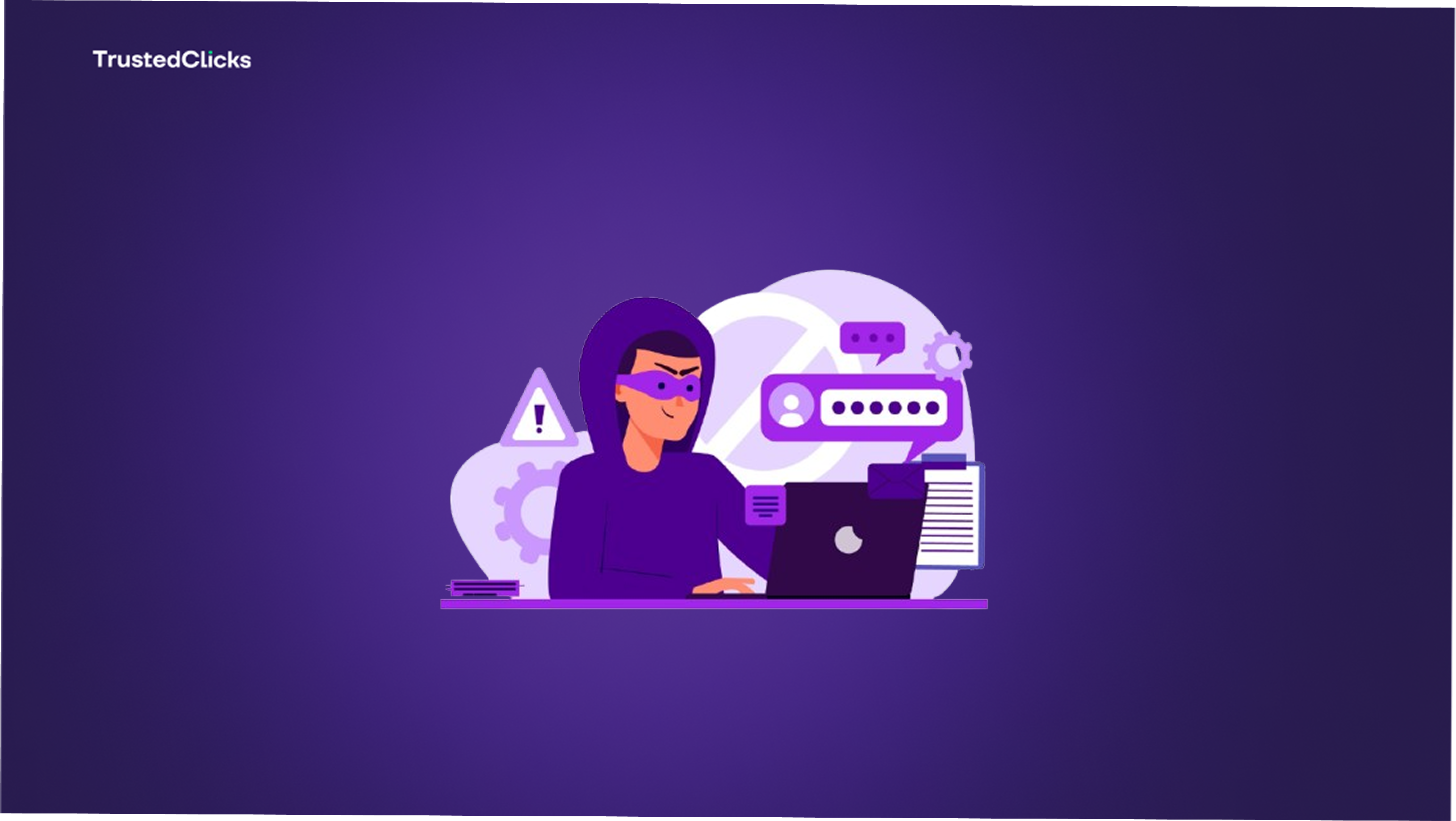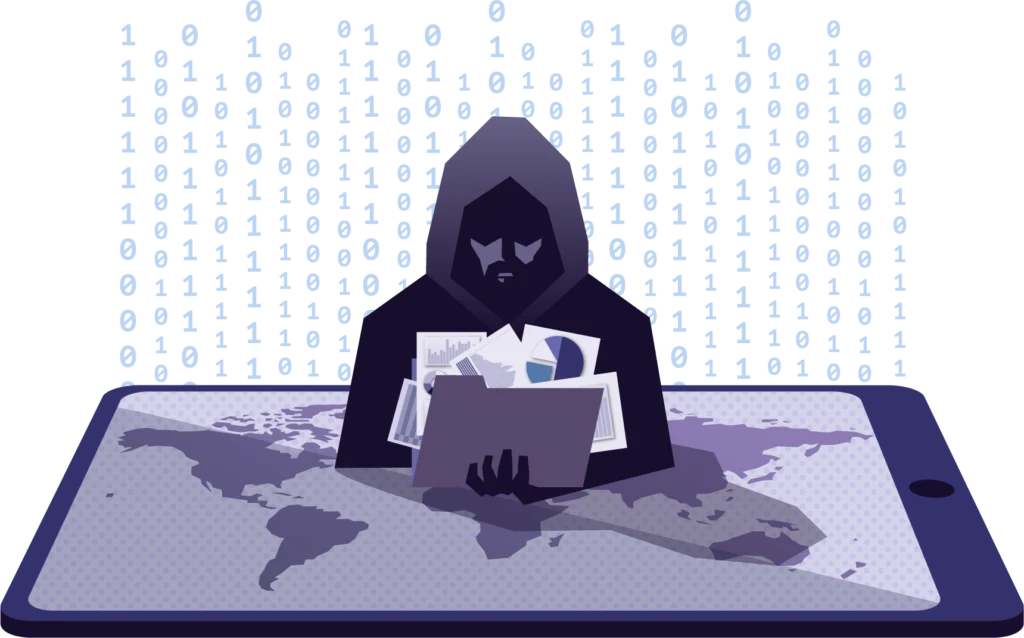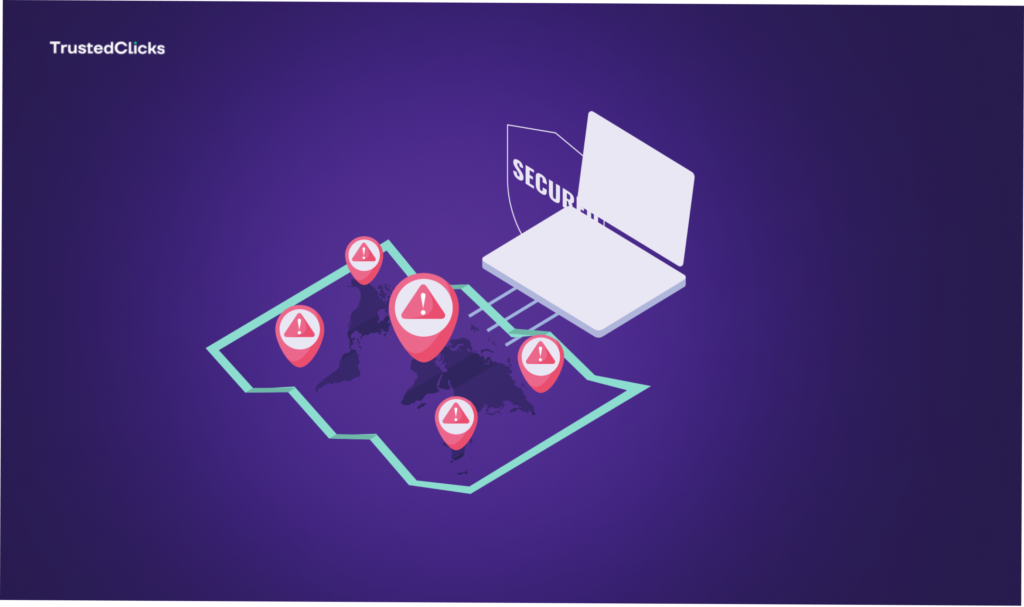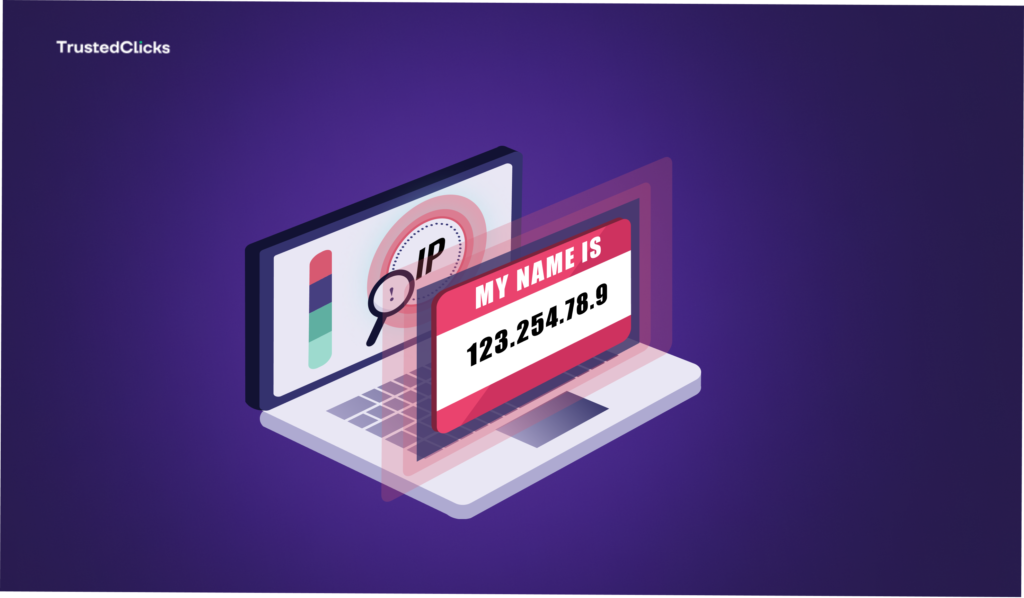- Website security
High Stakes, High Risk: What Your IP Address Isn’t Telling You


In today’s hyper-connected world, your digital footprint is more valuable—and more vulnerable—than ever. While most internet users rarely give their IP address a second thought, it plays a crucial role in how we interact with the web. Whether you’re streaming a movie, shopping online, or logging into your favorite social media platform, your IP address is working in the background. But what many people fail to realize is that their IP address can also expose them to significant dangers. This is where the concept of IP risk comes into play, as cybercriminals, advertisers, and even governments can use this simple identifier in ways that may surprise—or even alarm—you.
What Is an IP Address, and Why Does It Matter?
An IP (Internet Protocol) address is a unique string of numbers assigned to your device when you connect to the internet. It acts like a return address for data packets, ensuring that the websites you visit and the online services you use know where to send information. While this might seem like an innocent and necessary part of online functionality, the truth is that your IP address can reveal much more than just your location.
The Hidden Dangers of Your IP Address

The risks associated with your IP address extend beyond simple tracking. Here are some of the major concerns:
Cybercriminal Exploitation
Your IP address can be a gateway for hackers looking to infiltrate your network. By obtaining your IP, cybercriminals can launch targeted attacks such as Distributed Denial of Service (DDoS) attacks, where they flood your connection with overwhelming traffic, making it impossible to access the internet. Worse still, they can exploit vulnerabilities in your network to gain unauthorized access to sensitive data.
Geolocation Tracking
Although your IP address does not disclose your exact home address, it can reveal your city, state, and even the name of your internet service provider (ISP). Websites, advertisers, and data brokers use this information to track your online behavior and serve you location-based advertisements. But more concerningly, bad actors can use geolocation data to target individuals for scams, harassment, or even physical threats.
Government and ISP Surveillance
Many governments monitor internet activity using IP addresses, tracking what users do online and imposing restrictions in some cases. Additionally, ISPs often log your browsing history and may even sell that data to third parties. Without protective measures, your online activities may not be as private as you think.
Online Fraud and Identity Theft
Cybercriminals can spoof or hijack your IP address to conduct illegal activities in your name. If a fraudster commits cybercrimes using your IP, authorities might wrongly associate you with illicit activities. Additionally, IP-based authentication—used by banks and other institutions—can be exploited by attackers to bypass security measures, putting your sensitive accounts at risk.
How to Protect Yourself from IP Risks
Understanding IP risks is the first step in protecting yourself online. Here are some practical measures you can take to mitigate these dangers:
Use a Virtual Private Network (VPN)
A VPN encrypts your internet connection and masks your real IP address, making it much harder for third parties to track your online activities. This is one of the most effective ways to maintain anonymity and protect your data.
Enable a Firewall and Strong Security Measures
Your home router and personal devices should have firewalls enabled to prevent unauthorized access. Additionally, using strong passwords, enabling two-factor authentication, and keeping your software updated can reduce the risk of IP-based attacks.
Avoid Public Wi-Fi Without Protection
Public Wi-Fi networks are a hotspot for cybercriminals looking to intercept data. If you must use public Wi-Fi, ensure you’re connected to a VPN to keep your IP address and sensitive data secure.
Regularly Check Your IP Exposure
There are online tools available that can show you what information your IP address is exposing. If you notice unusual locations or activities linked to your IP, take action immediately.
The Future of IP Privacy
As concerns over digital privacy grow, new technologies and policies are emerging to give users more control over their online identities. IPv6 adoption, encrypted DNS services, and legislative measures are all playing a role in shaping a more secure internet. However, personal responsibility remains key—being proactive about your online security can significantly reduce your exposure to IP risks.
Frequently Asked Questions
What are the risks associated with IP addresses?
DDoS attacks: Attackers can target a specific IP address with Distributed Denial of Service (DDoS) attacks to overwhelm servers.
• IP address spoofing: This involves falsifying the origin of data packets to trick systems into thinking they come from a trusted source.
• Geolocation tracking: IP addresses can be used to track a user’s geographic location, which may lead to privacy concerns.
• Port scanning: Malicious actors can scan IP addresses for open ports and vulnerabilities in the network.
• IP address hijacking: Attackers may try to gain control over a specific IP address to redirect traffic or steal sensitive information.
What is the IP risk assessment ?
IP address risk assessment is the process of evaluating the risks associated with a specific IP address by analyzing its behavior, history, and associations. This assessment helps identify whether the IP is linked to malicious activities, suspicious behavior, or potential fraud. It involves checking the reputation of the IP to determine if it is associated with threats such as spamming, phishing, or botnet activity, and analyzing its geographical location and ISP to flag any high-risk regions or suspicious ownership. Activity patterns, such as login attempts, traffic frequencies, and unusual behaviors, are also scrutinized, along with determining if the IP uses proxies, VPNs, or Tor nodes to mask its identity. Scanning for open ports and vulnerable services can reveal additional risks, and reviewing historical data provides insight into past involvement in malicious actions like malware distribution or DDoS attacks. Ultimately, a risk score is assigned to reflect the level of threat associated with the IP, helping organizations protect against cybersecurity threats, prevent fraud, and comply with regulatory requirements. Tools such as threat intelligence platforms, geolocation services, and security monitoring systems are often used to conduct these assessments effectively.
How does IP risk scoring work ?
IP risk scoring is determined by examining several factors related to an IP address, including its geographic location, usage patterns, past suspicious activity, and connections to proxies, VPNs, or Tor networks. These elements are analyzed through advanced algorithms to generate a score that reflects the potential level of risk.
What does a high-risk IP score mean ?
A high-risk IP address refers to an IP that has been linked to malicious activities such as cyberattacks, spamming, hacking, or bot traffic. These IPs are often flagged due to irregular traffic patterns, phishing attempts, or unauthorized access that could jeopardize security. TrustedClicks assigns an IP risk score ranging from 0 to 1 to assess the threat level of each IP address:
• Low Risk (Below 0.4): Indicates a low chance of malicious activity. IPs in this range are generally safe with minimal risk.
• Medium Risk (0.4-0.85): Shows signs of suspicious behavior. While not necessarily harmful, these IPs should be monitored and handled with caution.
• High Risk (Above 0.85): Signals a high likelihood of harmful or fraudulent activity, suggesting the IP is involved in activities like hacking, bot traffic, or data breaches.
By assigning these risk scores, TrustedClicks enables businesses to proactively block or flag high-risk IPs, creating a safer environment and reducing the risk of data breaches, account takeovers, and other cyber threats.
Final Words
Your IP address is more than just a technical necessity; it’s a critical part of your digital identity that carries inherent risks. Whether it’s cybercriminals, advertisers, or government agencies, numerous entities have an interest in tracking, exploiting, or even compromising your online presence. By understanding the risks and taking proactive steps to protect yourself, you can reduce your exposure and reclaim control over your digital privacy. The stakes are high, but with the right tools and knowledge, you can navigate the online world safely and securely
Table of Contents
Join our community!
Subscribe to our newsletter for the latest updates, exclusive content, and more. Don’t miss out—sign up today!
Recent Posts

The Human Factor: How User Behavior Shapes IP Reputation Over Time
- 6 mins read

Ethical Implications of IP Geolocation: Balancing Privacy and Security
- 5 mins read

IP Scores Explained: A Guide to Safeguarding Your Online Presence
- 3 mins read



